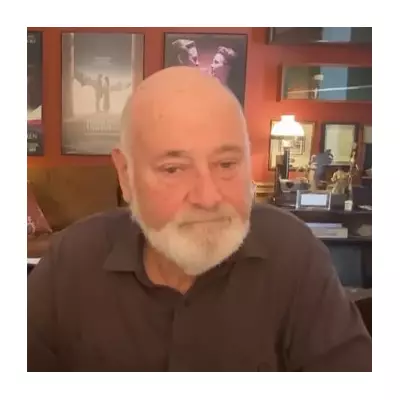
A seemingly straightforward television brainteaser has captured the nation's attention, leaving even the sharpest minds baffled by its clever wordplay. The puzzle, featured on Channel 4's morning show Sorted, presents a scenario that appears simple at first glance but contains a hidden twist that's stumping viewers across the UK.
The Puzzling Premise
The challenge begins with a familiar scenario: "There's a queue to get into a club. One person leaves the queue, and now there are four people in front and two behind." The question seems simple enough - how many people were originally in the queue?
Most people's initial instinct leads them to a straightforward calculation, but as presenter Mark tells contestants: "It's not as simple as you think." The puzzle contains a linguistic trick that completely changes the mathematical equation.
The Clever Solution
The correct answer reveals the puzzle's clever wordplay. When one person leaves, there are four people in front of that person and two behind them. This means the person who left was originally in the middle of the queue.
Therefore, the mathematical calculation becomes: 4 people in front + 1 person (who left) + 2 people behind = 7 people originally in the queue. The puzzle's brilliance lies in how our brains automatically process the information versus how the scenario actually unfolds.
Why This Puzzle Is Going Viral
This type of brainteaser demonstrates how easily our minds can be tricked by assumptions and linguistic nuances. The puzzle has sparked widespread discussion on social media, with many viewers admitting they needed multiple attempts to grasp the solution.
Such challenges highlight the importance of careful listening and critical thinking, reminding us that sometimes the most straightforward-seeming problems contain hidden complexities that require us to look beyond our initial impressions.





